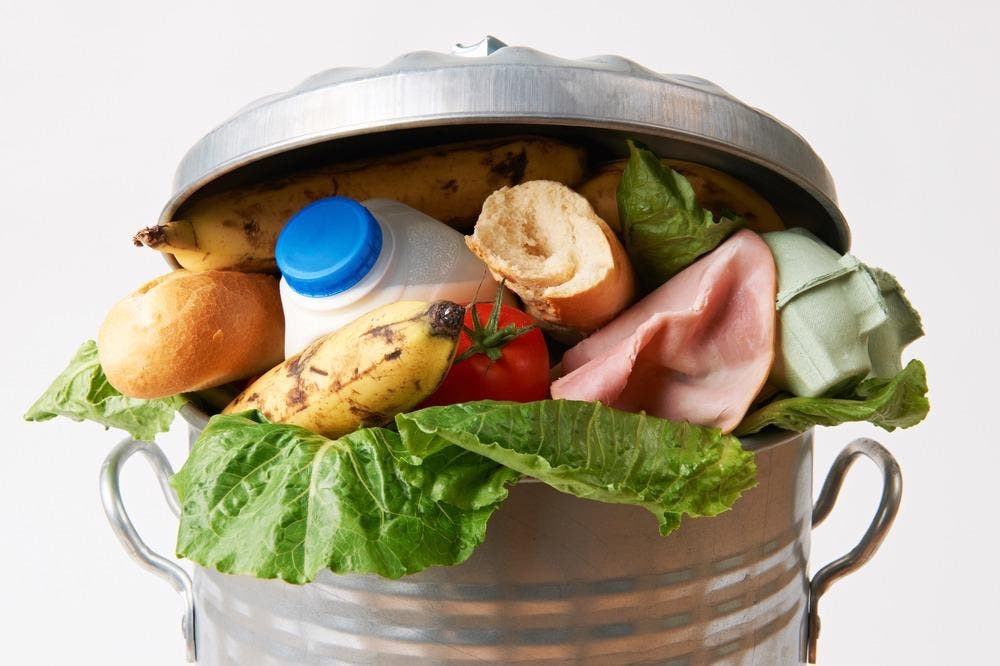Three ways to reduce the carbon footprint of food purchased by US households
While switching to a vegetarian or vegan diet can lower one’s impact on greenhouse gas emissions, it may not be realistic or healthful.

[Nov 3, 2021: American Chemical Society]
While switching to a vegetarian or vegan diet can lower one’s impact on greenhouse gas emissions, it may not be realistic or healthful for everyone. (Credit: Creative Commons)
Most consumers want to make food purchases that are smart for their wallets, their health and the environment. And while switching to a vegetarian or vegan diet can lower one’s impact on greenhouse gas emissions, it may not be realistic or healthful for everyone. Now, researchers in ACS’ Environmental Science & Technology report three ways that Americans can reduce the carbon footprint of their food purchases, without requiring drastic dietary changes.
Getting food from farms to people’s plates contributes a sizeable portion of the global greenhouse gas emissions. And animals are inefficient at converting the plants they eat into energy, so meat and dairy products result in higher emissions than fruit, vegetables and grains. Based on that knowledge, previous researchers have provided suggestions for changes that individuals or households can make to reduce the emissions generated by food production. However, most of these recommendations have been based on an “average American diet.” In reality, not everyone eats the same types or quantities of foods, so to account for this diversity, Hua Cai and colleagues wanted to assess the actual groceries purchased by U.S. households and identify the hotspots of carbon emissions in these purchases.
Related Stories
The researchers analyzed detailed grocery purchase records of over 57,000 U.S. households in 2010, and for each home, summed the greenhouse gas emissions for growing and harvesting the food items. Data for packaging and transportation were not included because that information was unavailable. Then, they compared the emissions calculation to that which would be generated from buying foods for a benchmark healthy and sustainable diet.
The team’s analysis revealed that 71% of homes surveyed could decrease their food carbon footprint, identifying three main ways for consumers to do so. The suggestions are:
Small households of one or two people should buy less food in bulk quantities, which is often more than will be eaten, and manufacturers should offer cost-effective package sizes.
Cutting out foods with high caloric content and low nutritional values would result in a 29% reduction of the total potential emissions, while also potentially improving health outcomes.
People should buy less savory bakery products and ready-made foods. Though those foods are responsible for relatively low carbon emissions, the large amounts of these items that are purchased adds up to significant emissions.
In summary, the researchers say these strategies are initial ways people can reduce their at-home food-based carbon footprint.
The authors acknowledge funding from Purdue University Environmental and Ecological Engineering for providing the Bilsland Dissertation Fellowship.
The paper’s abstract will be available on November 3 at 8 a.m. Eastern time here: http://pubs.acs.org/doi/abs/10.1021/acs.est.1c02658
For more environmental news stories check out our Green Impact section at The Brighter Side of News.
Like these kind of feel good stories? Get the Brighter Side of News' newsletter.
Tags: #Green_Good_News, #Research, #Carbon, #Food, #Packaging, #Waste, #The_Brighter_Side_of_News
Joseph Shavit
Head Science News Writer | Communicating Innovation & Discovery
Based in Los Angeles, Joseph Shavit is an accomplished science journalist, head science news writer and co-founder at The Brighter Side of News, where he translates cutting-edge discoveries into compelling stories for a broad audience. With a strong background spanning science, business, product management, media leadership, and entrepreneurship, Joseph brings a unique perspective to science communication. His expertise allows him to uncover the intersection of technological advancements and market potential, shedding light on how groundbreaking research evolves into transformative products and industries.



